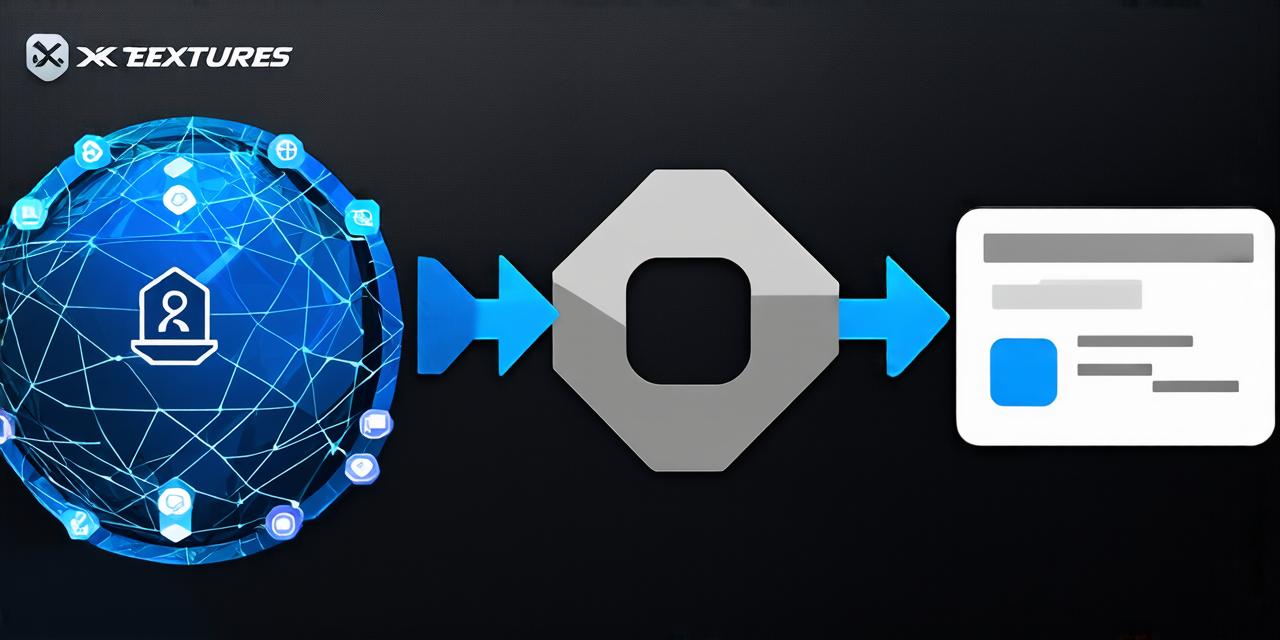
Blockchain technology is rapidly transforming various industries worldwide, and its potential applications are vast.
One of the essential features of blockchain is its decentralized nature, making it challenging to verify the identity of users without proper identification. In this article, we will explore how to verify blockchain with an ID card, providing a comprehensive guide for blockchain developers.
Understanding Blockchain Identity Verification
Blockchain technology has revolutionized data storage and sharing, making it secure, transparent, and immutable. However, one of the significant challenges facing blockchain is identity verification. Identity verification refers to the process of verifying a user’s identity before granting them access to the network or its services.
In the context of blockchain, identity verification is crucial to prevent fraud, protect privacy, and ensure compliance with regulations.
Verifying Blockchain with an ID Card: A Step-by-Step Guide
The process of verifying blockchain with an ID card involves several steps, including identification, authentication, and authorization. Let us explore each step in detail.
1. Identification
Identification is the first step in verifying blockchain with an ID card. The goal of this step is to establish the user’s identity by collecting relevant information from their government-issued ID card. Some of the critical information that can be obtained from an ID card include:
- Name and surname
- Date of birth
- Address
- Nationality
- Passport number or other government-issued identification numbers
The identification process typically involves scanning the QR code on the user’s ID card, which contains all the necessary information. The information obtained from the QR code is then verified against public records to confirm the user’s identity.
1. Authentication
Authentication is the second step in verifying blockchain with an ID card. After establishing the user’s identity through identification, the next step is to verify that the user is who they claim to be. This process involves verifying the user’s biometric data such as fingerprints, facial recognition, or voice recognition.
The authentication process ensures that the user is not an impersonator or a fraudster trying to gain access to the network under someone else’s identity. The authentication process also helps to ensure that the user has not tampered with their ID card in any way.
1. Authorization
Authorization is the final step in verifying blockchain with an ID card. Once the user’s identity and authenticity have been verified, they are granted access to the network or its services. The authorization process involves assigning the user specific permissions based on their role or function within the network.
For example, a user who has been authorized as a developer may be given access to the development tools, while a user who has been authorized as an administrator may have access to the network’s administrative controls.
Benefits of Verifying Blockchain with an ID Card
Verifying blockchain with an ID card offers several benefits, including:
- Enhanced security: By verifying the identity of users through their government-issued ID cards, blockchain networks can significantly reduce the risk of fraud and other malicious activities.
- Improved user experience: Verifying blockchain with an ID card ensures that users have a seamless and hassle-free experience when accessing the network or its services. This process also saves time and reduces the need for additional verification processes.
- Compliance with regulations: Many jurisdictions require that blockchain networks verify the identity of their users before granting them access to the network or its services. Verifying blockchain with an ID card ensures that the network is in compliance with these regulations.
Case Studies and Personal Experiences
Several organizations have successfully implemented blockchain identity verification processes, including:
- Deloitte: Deloitte has developed a blockchain-based identity verification system that uses biometric data to verify users’ identities. This system has been used in various industries, including healthcare and finance.
- Civic: Civic is a blockchain-based identity verification platform that allows users to verify their identities using government-issued ID cards. This platform has been used in various industries, including e-governance and online voting.
Personal experiences can also shed light on the benefits of verifying blockchain with an ID card. For example, a user who has undergone the verification process may have experienced a faster and more secure access to the network or its services. They may have also felt more confident in their ability to use the network’s services without fear of fraudulent activities.
FAQs
What is blockchain identity verification?
Blockchain identity verification refers to the process of verifying a user’s identity before granting them access to the network or its services. This process typically involves collecting personal information from the user’s government-issued ID card and verifying it against public records.
What are the benefits of verifying blockchain with an ID card?
The benefits of verifying blockchain with an ID card include enhanced security, improved user experience, and compliance with regulations.
How does blockchain identity verification work?
Blockchain identity verification typically involves identifying the user through their government-issued ID card, authenticating their biometric data, and authorizing them based on their role or function within the network.
